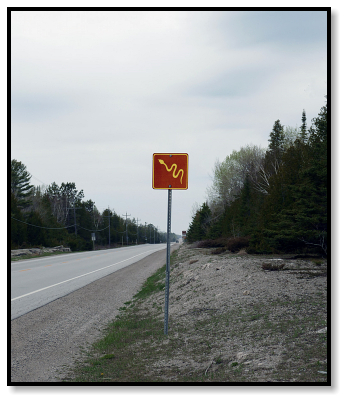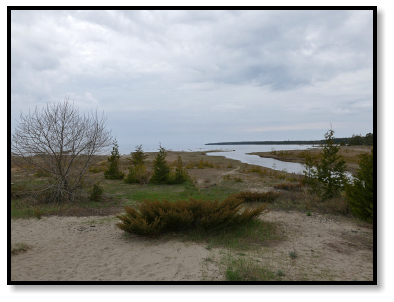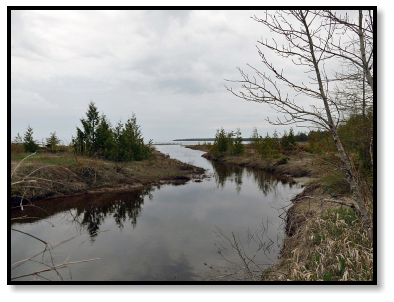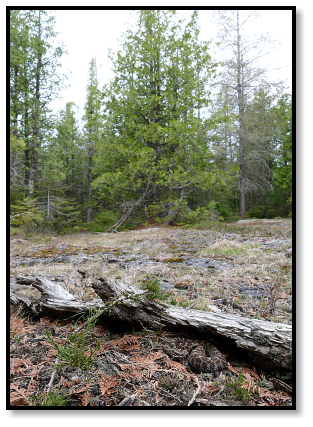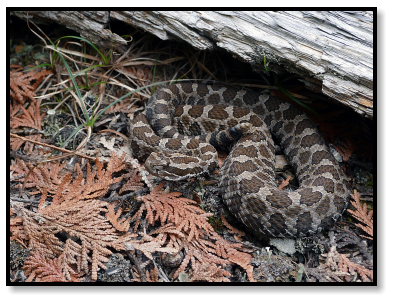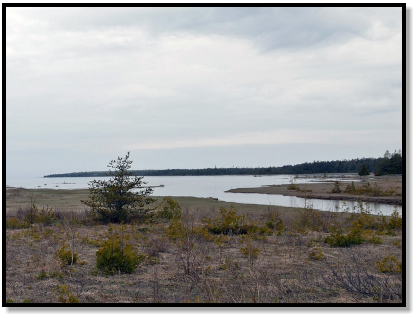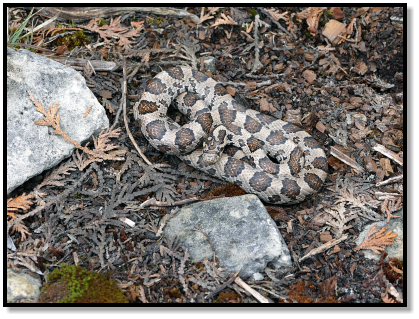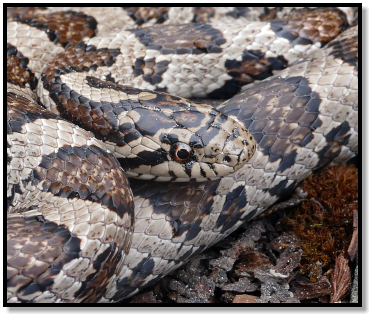

CANADA
May 2016

1 of 2


CANADA
May 2016


1 of 2
Let me say right up front that I did not find my primary targets, an Eastern Fox Snake (Pantherophis gloydi) and a
Blanding’s Turtle (Emydoidea blandingii). And you know what? It didn’t matter. This was a trip filled with revelations.
I knew I was going to be in the right places, with the right people, but it was just a bit too early. After a warm
winter, Canada regressed to a cold spring, and so the lifers I had come to see hit the snooze button and decided to
sleep in. But there were still other herps to meet, and enthusiastic hosts to provide the introductions.
Cross the border into Southern Ontario
―
which was paradoxically known as Upper Canada, my first discovery
of the trip
―
and I’m welcomed by wind turbines. Lots of them, one after another, as far as the eye can see. They
sprout from flat farmland, in fields that are neatly divided by straight roads into square grids. It looks like a vast
board game with giant pieces set down by unseen gods (the Ontario Power Authority).
Driving west I arrive at day’s end to meet Jon, my Canadian correspondent for the past year. We were connected
through my California herping buddy, Darin, and I could see why he recommended we get together. Jon’s approach
to herping is well-organized and highly detailed, with extensive knowledge and a deep passion for his local herps,
plus a ridiculous amount of energy and dedication.
Jon and his entire family
(
I’m talking about you, Mary Ellen, Ken, and Cristina) are also delightful and incredibly
generous hosts. After way too much spoiling, Jon’s parents thankfully force us out of their house so we’ll do some
herping, but not before carefully provisioning us with delicious homemade fajitas (thank you Mary Ellen!).
The plan is to head north the next day to Lake Huron, but this evening we want to check out some areas near
Lake Erie. It’s dusk by the time we hit our first spot, an overgrown field with scattered rocks for turning. At first it’s
slow, but then each flip seems to produce multiple snakes: Eastern Garters, Smooth Greens, Browns, and Red-Bellies.
We move on to other sites, continuing after dark, looking under a wide variety of natural and artificial cover:
boards, rocks, logs, plastic sheets, carpeting, shingle piles, tin, etc. The snakes keep coming two, three, or more at a
time. Nothing big, but surprisingly numerous, considering it’s cold (temps below 50F/10C), and, well, it’s Canada. Not
exactly known as a herping hot spot. Obviously, I had a lot to learn.
I expected snakes to be scarce, with only herpers like Jon keeping their eyes open for reptiles. Then, as we drive
north the next day, I start to notice the signs.
“Well, that’s nice,” I think to myself. “Like the turtle signs we have in New Jersey.” Except ours are generally
only for at-risk species, like Diamondback Terrapins, not common ones, like Painted Turtles. And I don’t recall ever
seeing any signs back home to protect snakes, even threatened species that are frequently killed while crossing roads.
Jon and I arrive at our first destination. We meander through the woods and encounter a snake doing the same.
A really green Leopard Frog bounces out of our way.
The forest gives way to an ancient pavement. Grasses are growing in the potholes, deep fissures have split the
surface, and mounds of moss are spreading across the eroded blacktop.
Only this isn’t some abandoned roadway. It’s alvar, a rare ecosystem that’s built on a shallow base of dolostone (a
kind of sedimentary rock), found only around the Great Lakes and in northern Europe.
Where the bedrock is exposed, lichen and moss predominate. In the cracks, prairie grasses take root, far from
their usual home on the plains. Where enough organic material collects to form a thin layer of soil, stunted trees and
small bushes get a tenuous grip. Subject to extreme conditions
― freezing in winter,
flooding in spring, searing heat
and drought in the summer
―
alvar is a specialized biological community that survives in micro-habitats.
And it’s to this rocky place we’ve come to look for an unlikely snake. Massasaugas are a small species of
rattlesnake, commonly known as “swamp rattlers” because they typically live in wetlands. The only one I’d ever seen
was in classic ‘sauga habitat, a freshwater marsh crowded with grassy tussocks, nothing at all like the barren
landscape that surrounds us.
The theory is that instead of spending the winter beneath freshwater hummocks, as they do further south,
Massasugas at this northern edge of their range have adapted to alvar by hibernating deep in the crevices of the
bedrock. We’re hoping by now they’ve begun to emerge, so we search the dry ground for swamp rattlers.
Jon flips a rock and finds a snake, but it’s yet another Garter, albeit more colorful than any we’ve seen so far.
We spend an hour wandering a maze of jack pines and open glades, then begin to make our way back towards
the car. It’s getting warm, so I follow the shade, staying close to the trees. And then, perfection.
The snake is coiled, silent, motionless, and directly in front of me. I call to Jon, “Snake!” He comes running,
crying out “What kind?” And I answer, “The right kind.”
I’m thrilled to find a Massasauga, only my second one ever, and the other high-priority target I was hoping to
see on this trip. And it’s especially interesting to discover they live in a place so different from their usual marshy
habitat, another case of Canada defying herping expectations.
We get back on the road, and it isn’t long before a snake sign comes into view.
I look around, but these desolate northern woods just don’t look very snakey to me. Yes, we had just found a
few, but I couldn’t imagine high enough numbers to warrant a sign, or enough public sympathy to care. I assume it’s a
trick to scare drunk drivers who are being invisibly attacked. We decide to stay on the straight and narrow, and
continue on our way.
The afternoon clouds over, and by the time we arrive on the shores of Lake Huron, the day has become bleak. It’s
drizzly and cool, not a time for herping, but then again, it’s Canada.
There’s alvar to explore, though in this area there’s less pavement and more woodlands. Jon, a very mellow sort
of fellow, is walking through a clearing, getting totally buzzed. I don’t mean getting high, I mean getting bzzzzzd. It’s a
young Massasauga announcing its presence, making sure Jon knows it’s there. No imaginary snakes for him.
Near the shore there are rocks to flip, and eventually one yields to Jon’s persistence.
That was it for the day. A long drive, a nice meal, a hot shower, a good sleep, and we’re ready for tomorrow and
our next destination.
All text copyright © Eitan Grunwald. All photographs copyright © Eitan or Ron Grunwald
except photographs by others are copyright per photo credits. All rights reserved. Terms
Eastern Milksnake
Lampropeltis triangulum triangulum
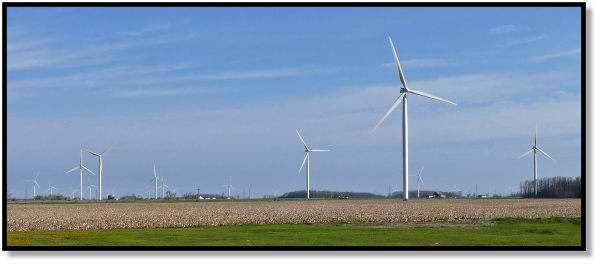
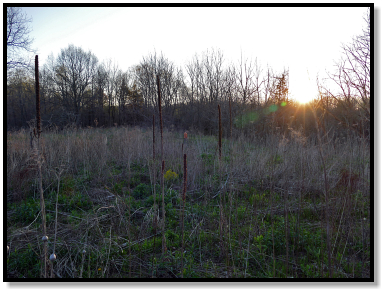
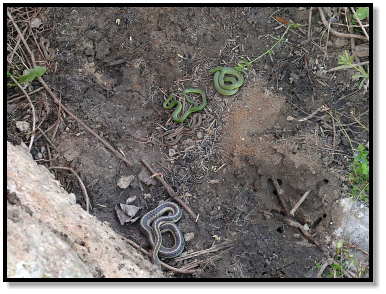
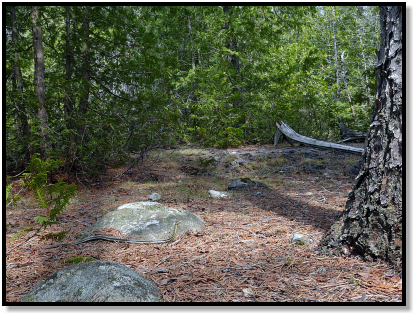
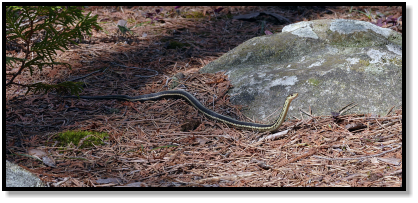
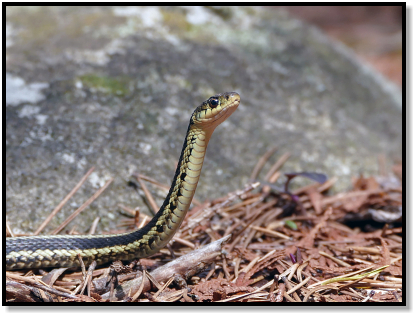
Eastern Garter Snake
Thamnophis sirtalis
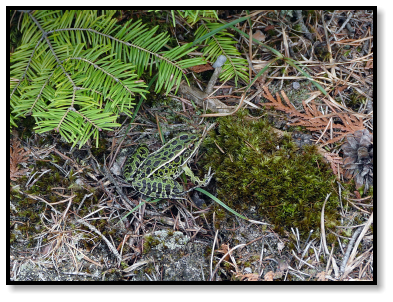
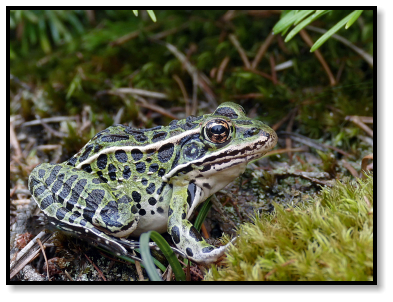
Northern Leopard Frog
Lithobates pipiens
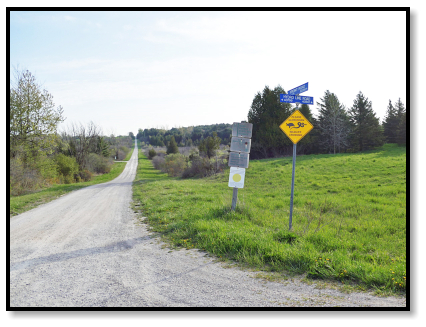
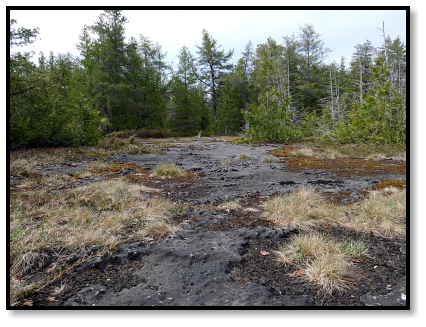
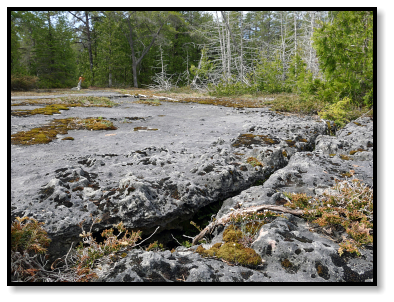
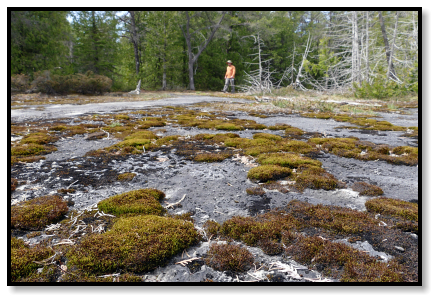
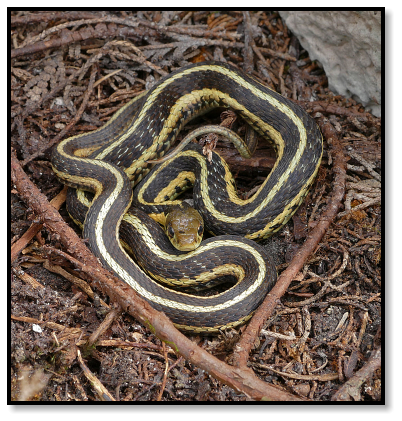
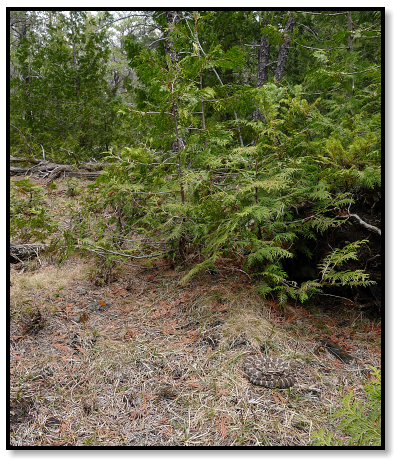
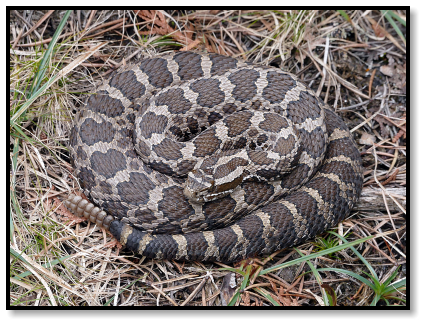
Eastern Massasuga Rattlesnake
Sistrurus catenatus
